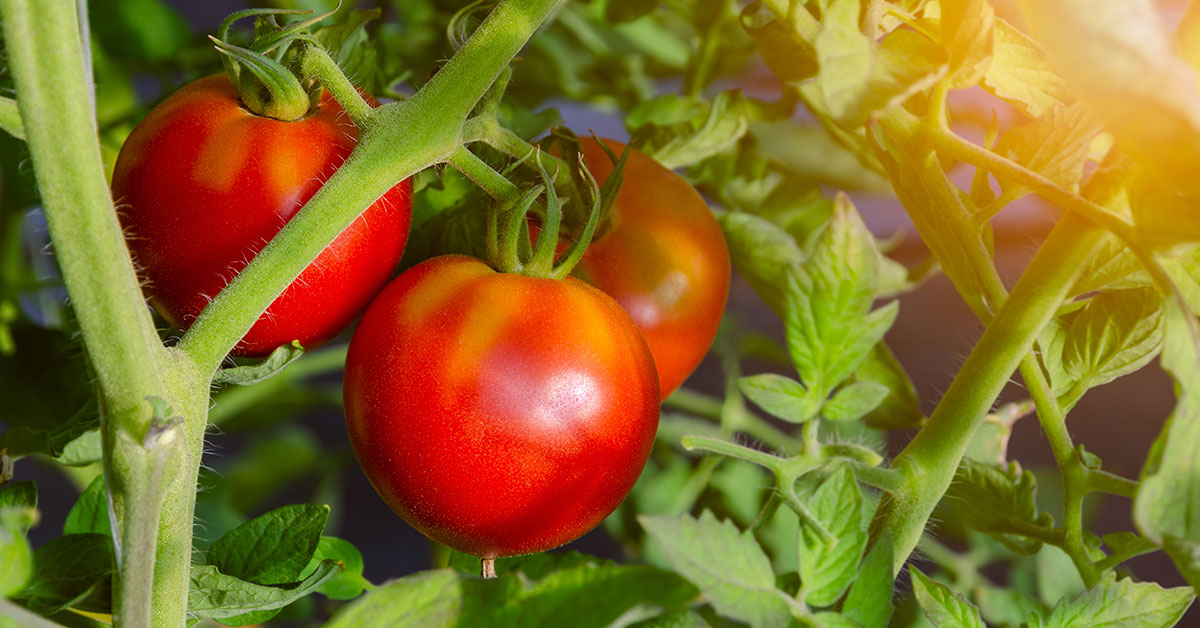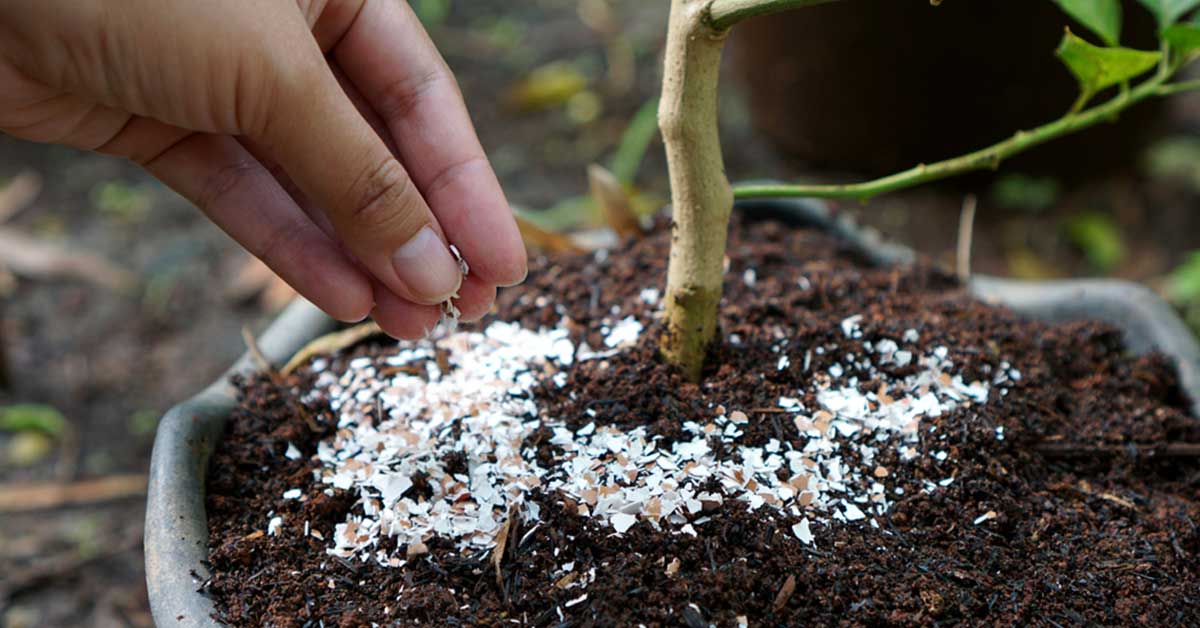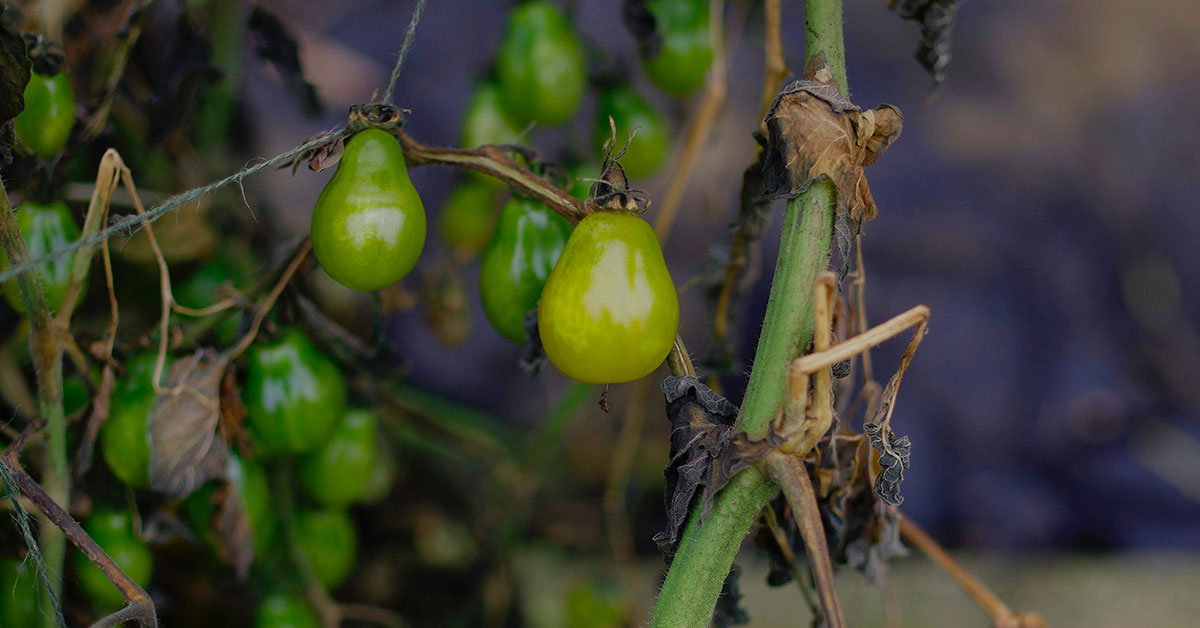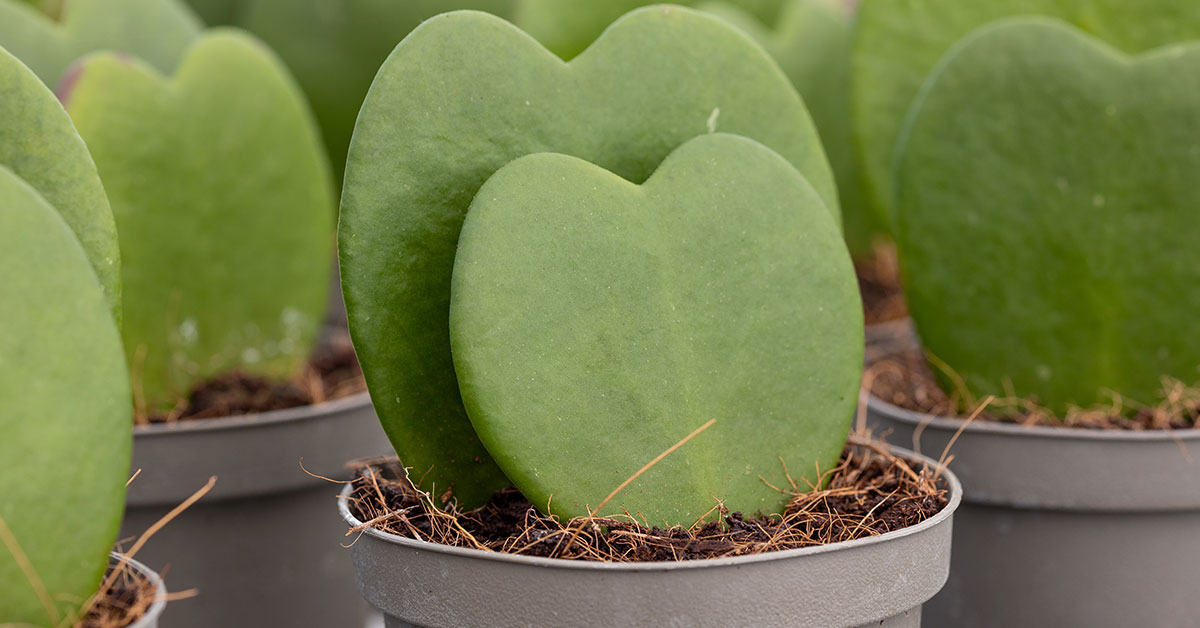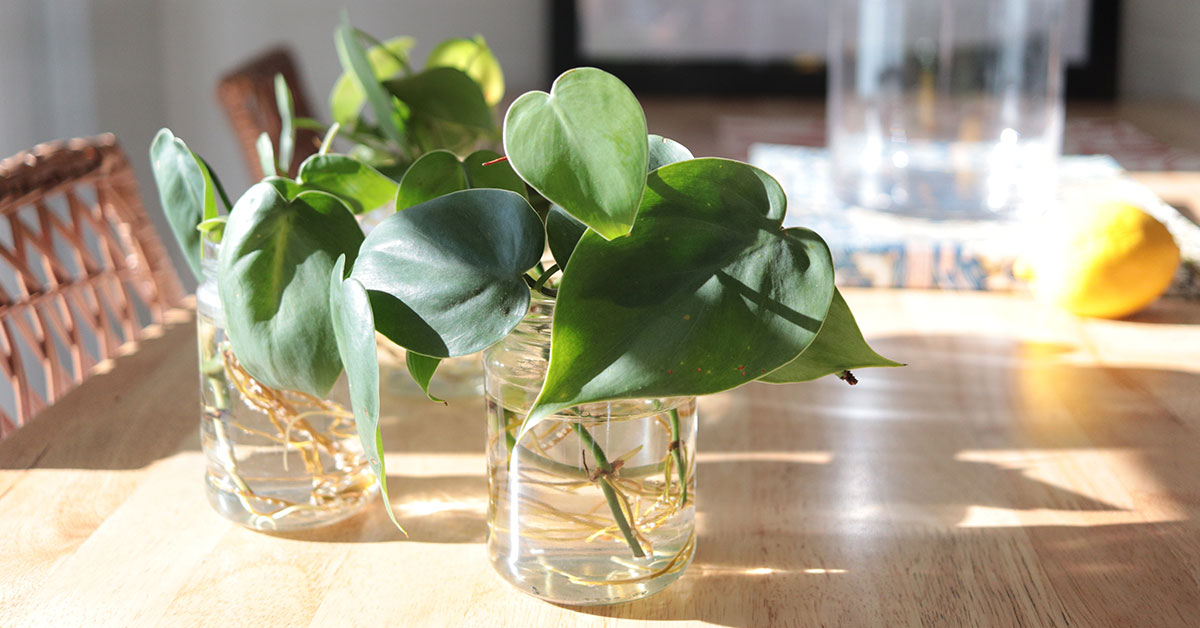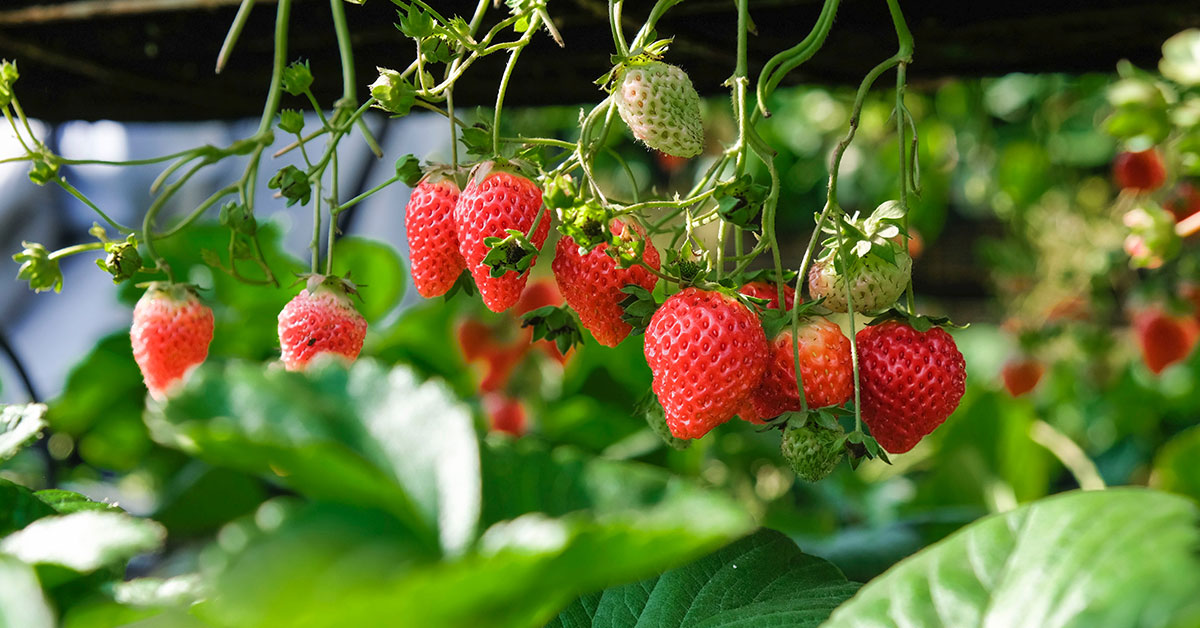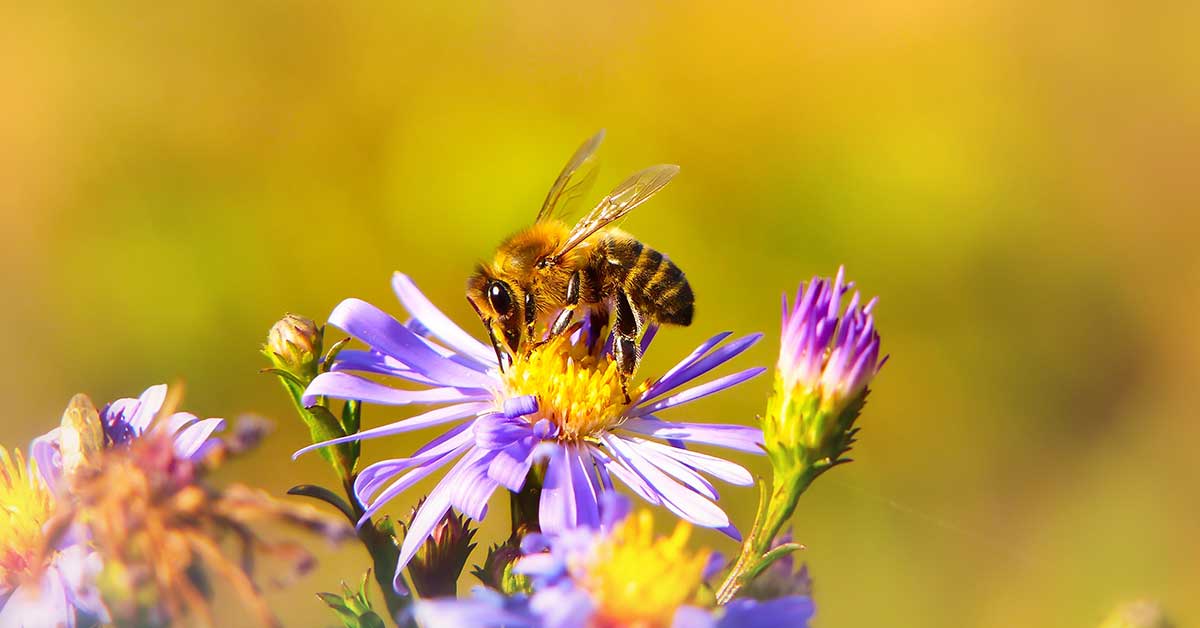For gardeners who want a beautiful, blooming garden without constant upkeep, low-maintenance perennials are the perfect solution. These hardy plants thrive with minimal intervention, allowing you to enjoy their beauty year after year without the need for extensive care. Whether you’re a seasoned gardener or a novice, these perennials will make gardening a breeze.
In this article, I’ll introduce you to perennial flowers that require minimal maintenance. From common favorites to unique finds, these plants are easy to grow and will provide your garden with continuous color and interest. Let’s explore these fuss-free perennials and see how they can transform your garden into a low-maintenance paradise!
Sedum
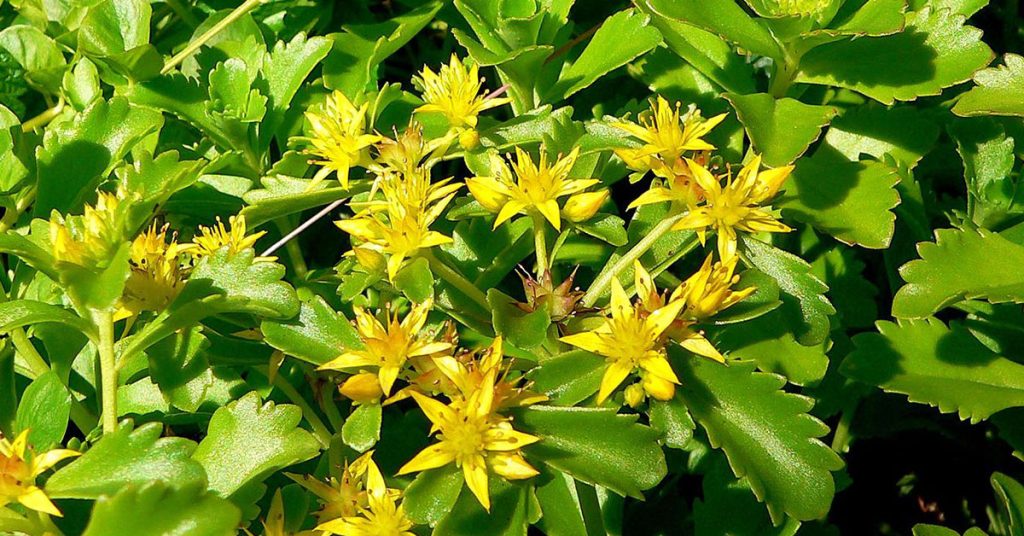
Sedum, also known as stonecrop, is a versatile perennial that thrives in poor soil and requires very little water. These hardy succulents produce clusters of star-shaped flowers in various colors, blooming from late summer to fall. Sedum’s fleshy leaves store water, making it extremely drought-tolerant and perfect for rock gardens and borders.
I love the resilience and ease of Sedum. Simply plant it in full sun with well-drained soil, and it will take care of itself! Sedum is also resistant to pests and diseases, making it a truly low-maintenance option for any garden. Its attractive foliage provides year-round interest, even when not in bloom.
Russian Sage
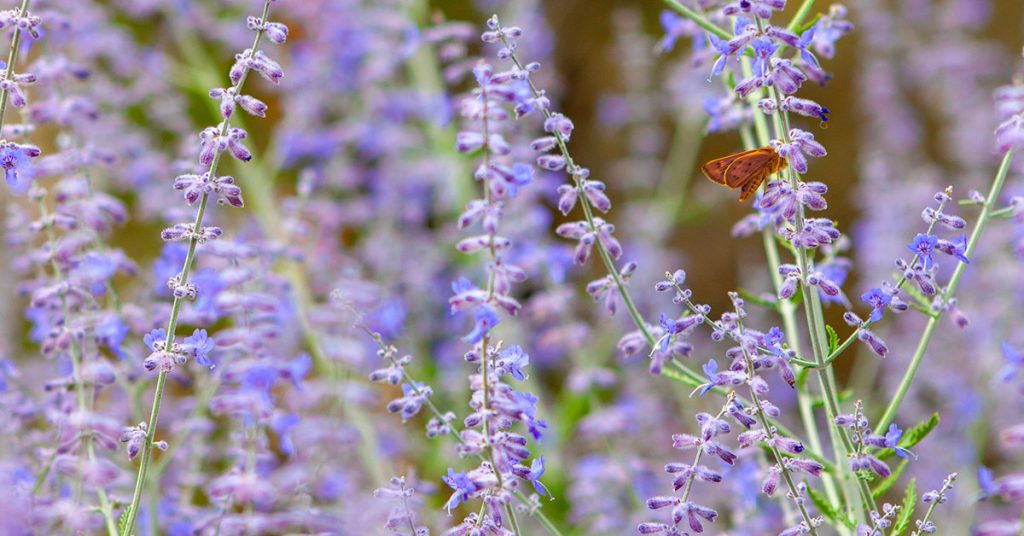
Russian sage is a tough perennial known for its tall spikes of lavender-blue flowers and silvery foliage. This plant thrives in full sun and well-drained soil, making it perfect for dry, sunny spots in the garden. Blooming from mid-summer to fall, Russian sage adds height and color to garden borders and beds.
One of my favorite things about Russian sage is its minimal care requirements. Once established, it’s highly drought-tolerant and doesn’t need frequent watering or fertilizing. The aromatic leaves deter pests, ensuring that this plant remains healthy with little intervention. Its airy, upright growth habit adds a graceful touch to any landscape.
Daylily
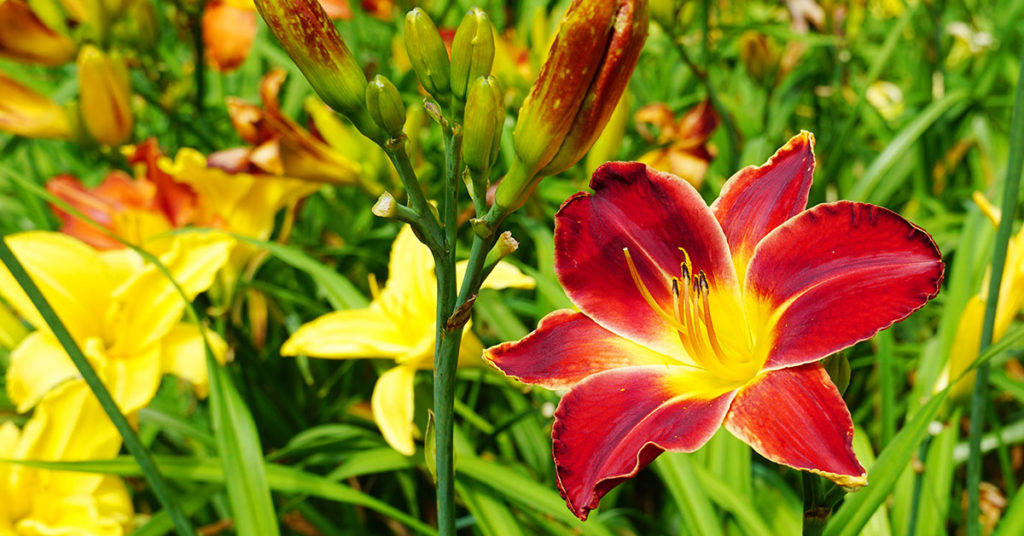
Daylilies are resilient perennials that can thrive in various soil conditions and light exposures. These plants produce trumpet-shaped flowers in a variety of colors, blooming from early summer to fall. Daylilies form dense clumps of foliage, which can be divided every few years to create new plants.
I love the versatility and beauty of daylilies. They require minimal care once established and are incredibly drought-tolerant. Simply plant them in full sun to partial shade, and they will reward you with vibrant blooms year after year. Daylilies are perfect for filling in gaps in your garden and adding continuous color.
Yarrow
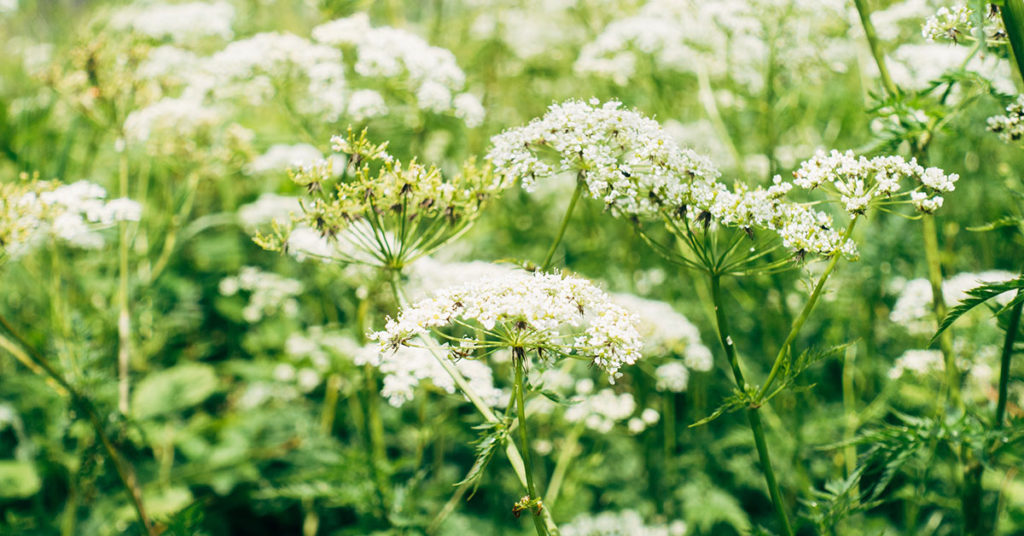
Yarrow is a hardy perennial that produces clusters of tiny, flat-topped flowers in shades of yellow, white, pink, and red. Blooming from early summer to fall, yarrow adds long-lasting color to your garden. This plant thrives in full sun and well-drained soil and is drought-tolerant once established.
One of my favorite aspects of yarrow is its ability to attract beneficial insects like ladybugs and butterflies. Yarrow requires minimal care and can even improve soil health by preventing erosion. Its feathery foliage adds texture to garden borders, making it a valuable addition to any low-maintenance garden.
Blanket Flower
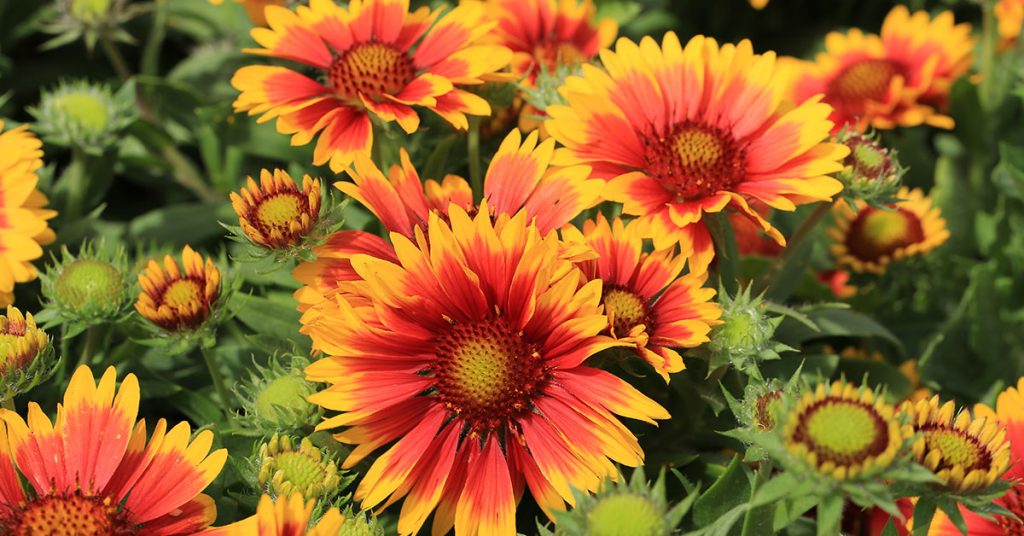
Blanket flowers, or Gaillardia, are vibrant perennials that flourish in poor, sandy soil. These flowers produce bold, daisy-like blooms in shades of red, orange, and yellow, blooming from early summer to fall. Blanket flowers thrive in full sun and are extremely drought-tolerant.
I love how blanket flowers brighten up my garden with their warm, cheerful colors. They’re incredibly low-maintenance and attract butterflies, adding life and movement to the garden. Blanket flowers are perfect for adding a splash of color to tough spots in your landscape and require minimal care once established.
Catmint
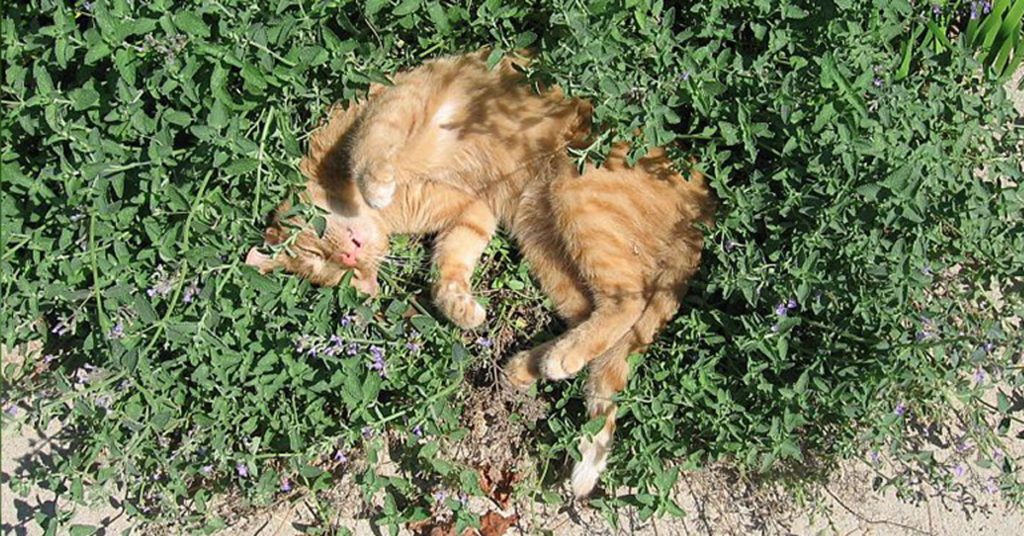
Catmint, or Nepeta, is a hardy perennial that produces clusters of small, tubular flowers in shades of blue, lavender, and white. Blooming from late spring to early fall, catmint adds a lovely fragrance to the garden. This plant thrives in full sun to partial shade and well-drained soil, making it a versatile addition to any garden.
I enjoy planting catmint along garden borders and pathways. It requires minimal watering once established and is highly resistant to pests. Catmint’s aromatic foliage deters insects and adds a delightful scent to your garden. Its vigorous growth habit ensures it will quickly establish itself and spread, adding color and life to your garden with minimal effort.
Black-Eyed Susan
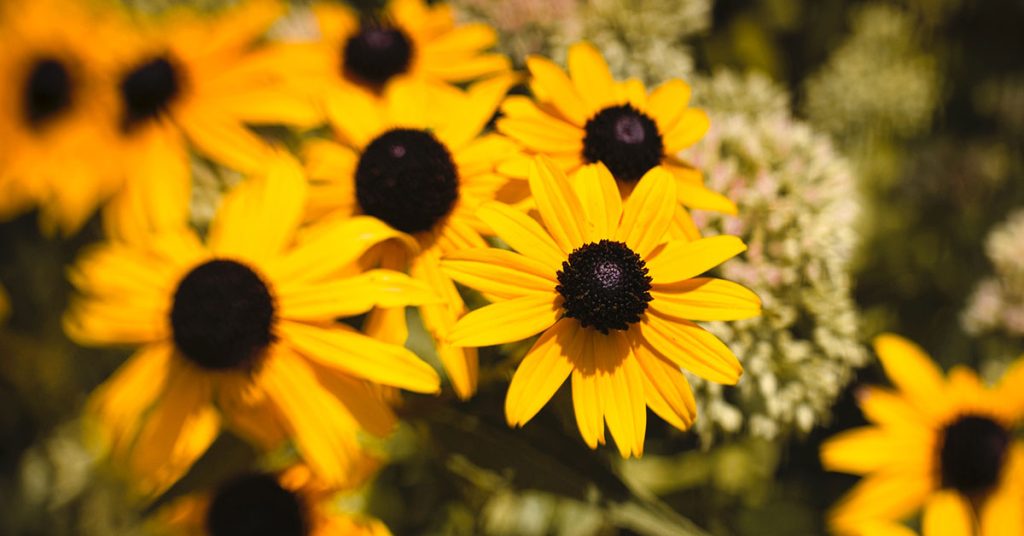
Black-Eyed Susans are classic perennials that thrive in various soil conditions and require minimal maintenance. These flowers feature bright yellow petals surrounding a dark brown center, blooming from mid-summer to fall. Black-Eyed Susans are drought-tolerant and attract pollinators like bees and butterflies.
I enjoy planting Black-Eyed Susans for their cheerful, long-lasting blooms. They thrive in full sun and well-drained soil, requiring minimal care once established. These hardy perennials add a burst of color to garden beds and borders and are a reliable choice for any low-maintenance garden.
Coneflower
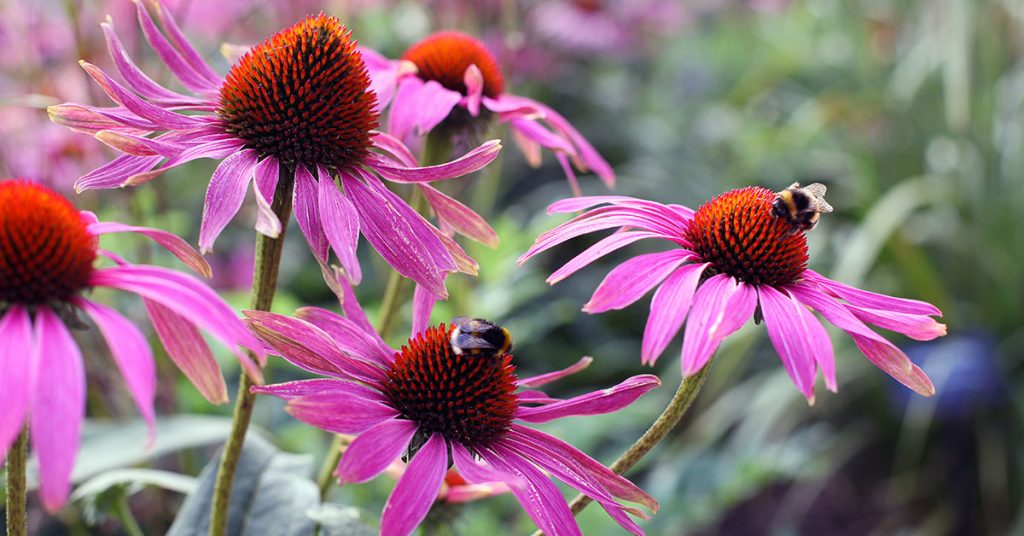
Coneflowers, or Echinacea, are hardy perennials that thrive in a variety of soil conditions, including poor, rocky soil. These daisy-like flowers come in shades of purple, pink, yellow, and white, blooming from midsummer to fall. Coneflowers attract pollinators and are drought-tolerant once established.
I adore coneflowers for their long bloom period and ease of care. They add vibrant color and structure to garden beds and borders. Coneflowers are also known for their medicinal properties, making them a practical and beautiful choice for any garden. Plant them in full sun with well-drained soil, and enjoy their minimal maintenance requirements.
Hardy Geranium

Hardy Geranium, or Cranesbill, is a versatile perennial that produces small, cup-shaped flowers in shades of pink, purple, blue, and white. Blooming from late spring to fall, hardy geraniums add continuous color to garden beds and borders. These plants thrive in full sun to partial shade and well-drained soil.
I love the continuous blooms and easy-care nature of hardy geraniums. They are drought-tolerant once established and require minimal care. Hardy geraniums are perfect for filling in gaps and adding a lush, vibrant display to your garden. Their attractive, lobed leaves also add texture and interest to the landscape.
Lamb’s Ear
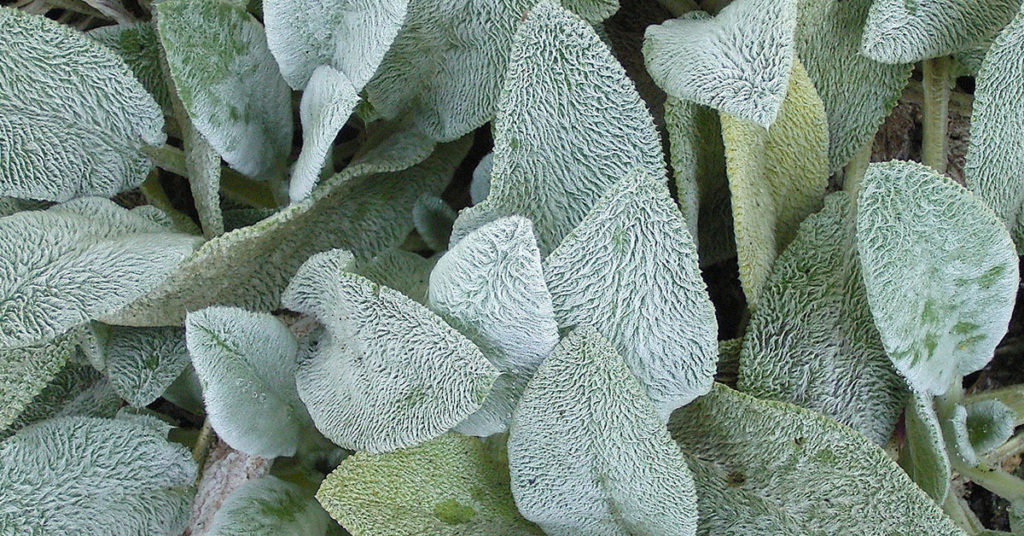
Lamb’s Ear is a unique perennial with soft, velvety leaves that thrive in poor, well-drained soil. This plant produces small, purple flowers on tall spikes in late spring to early summer. Lamb’s Ear is drought-tolerant and prefers full sun to partial shade.
I love the tactile, silvery foliage of Lamb’s Ear. It adds texture and contrast to garden plantings. Lamb’s Ear is perfect for borders, rock gardens, and ground covers, providing visual interest and resilience. Its low-maintenance nature ensures it will thrive with minimal intervention, adding beauty and practicality to the garden.
Salvia
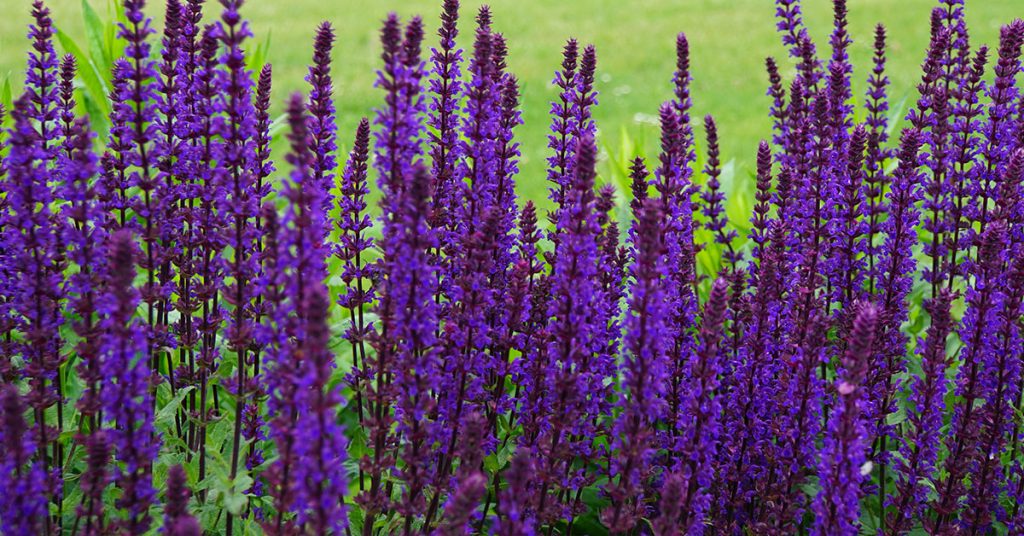
Salvia is a tough perennial that produces spikes of blue, purple, pink, or white flowers. Blooming from late spring to fall, salvia adds height and color to garden borders and beds. This plant thrives in full sun and well-drained soil and is drought-tolerant once established.
I appreciate salvia for its long bloom period and minimal maintenance requirements. It attracts pollinators like bees and butterflies, enhancing the biodiversity of your garden. Salvia’s aromatic foliage deters pests, ensuring that this plant remains healthy with little intervention. Its vibrant blooms and pest-resistant qualities make it an excellent choice for low-maintenance gardening.
Japanese Anemone
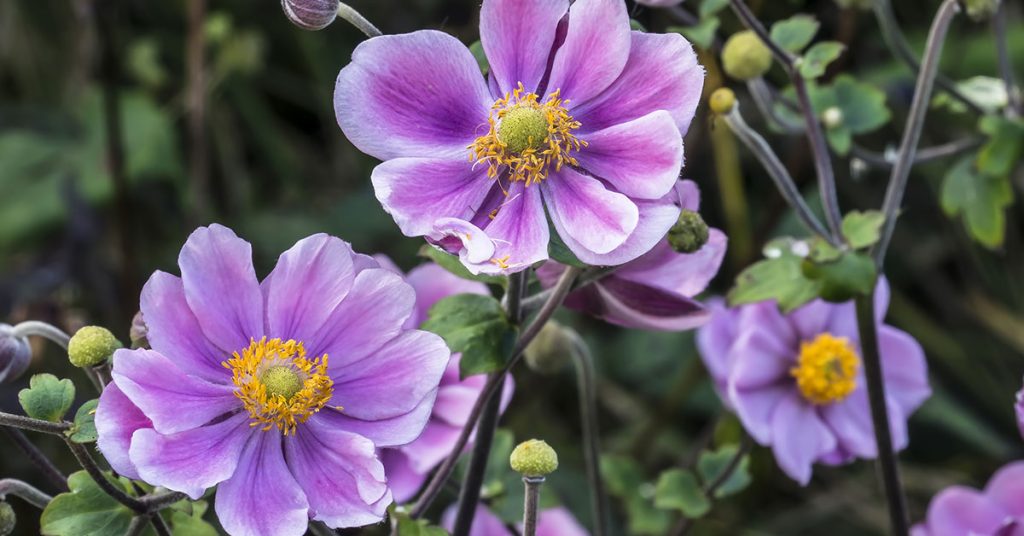
Japanese Anemone is a graceful perennial that produces elegant, saucer-shaped flowers in shades of pink, white, and purple. Blooming from late summer to fall, Japanese anemones add a touch of sophistication to the garden. These plants thrive in partial shade and moist, well-drained soil.
I enjoy the late-season blooms of Japanese Anemones, which add beauty to the garden when many other plants are fading. They are relatively easy to care for, requiring minimal maintenance once established. Japanese Anemones’ spreading habit ensures they will quickly establish themselves and create a stunning, cohesive look in your garden.
Coreopsis
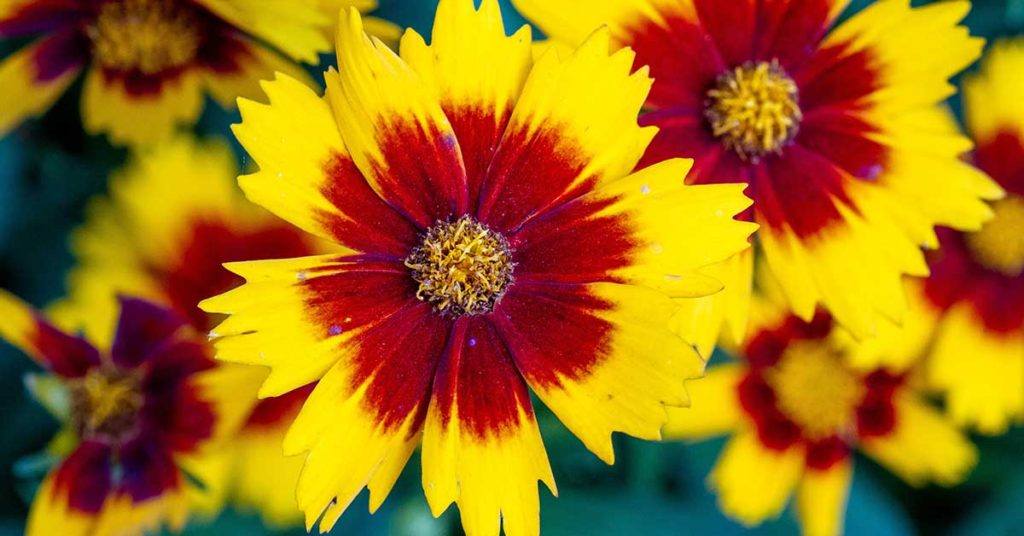
Coreopsis, also known as tickseed, is a cheerful perennial that produces masses of bright yellow, pink, red, or bi-colored flowers. Blooming from early summer to fall, coreopsis adds a lively, joyful presence to garden beds and borders. These plants thrive in full sun and well-drained soil.
I enjoy the continuous blooms and vibrant colors of coreopsis. It attracts pollinators and requires minimal maintenance, making it a reliable choice for any garden. Coreopsis is drought-tolerant once established and is perfect for adding a splash of color to areas with poor soil.
Hellebore
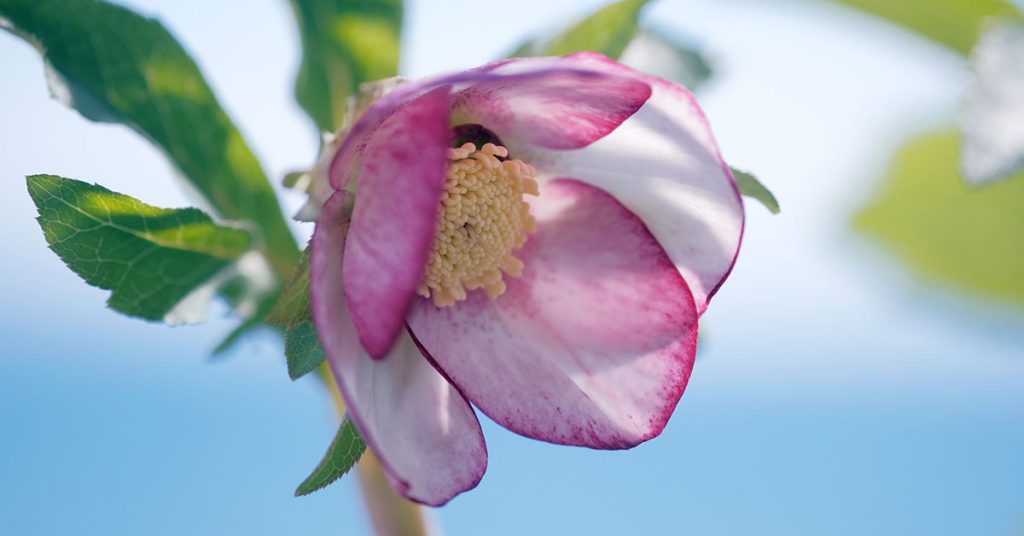
Hellebores, also known as Lenten roses, are hardy perennials that produce nodding, cup-shaped flowers in shades of white, pink, purple, and green. Blooming in late winter to early spring, hellebores provide early-season color when few other plants are in bloom. These plants thrive in partial to full shade and well-drained soil.
I enjoy the early blooms of hellebores, which brighten up the garden when most other plants are still dormant. They require minimal care once established and are highly resistant to pests and diseases. Hellebores add a touch of elegance and resilience to the garden, offering beautiful blooms while remaining low-maintenance.
Globe Thistle
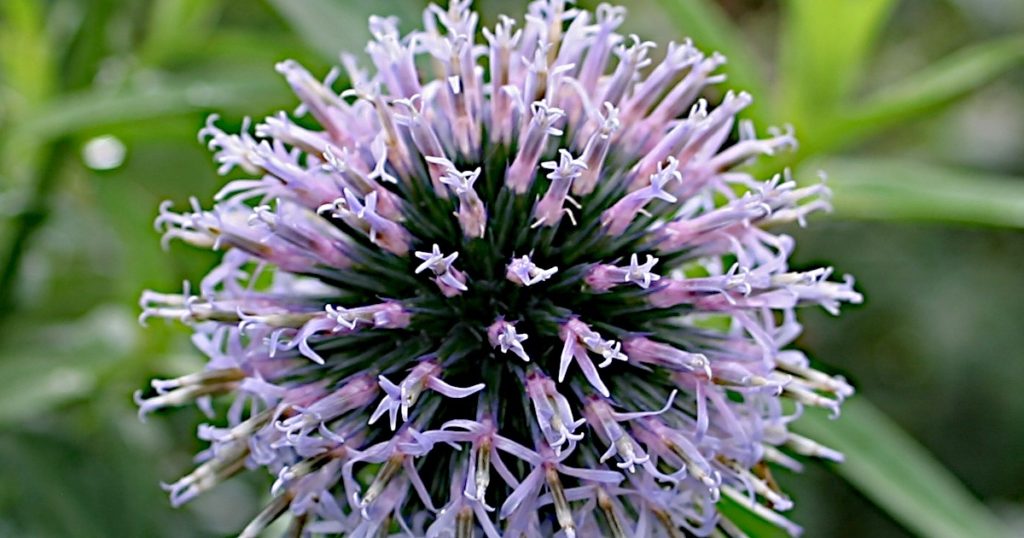
Globe thistle is a unique perennial that produces round, spiky blue or purple flowers that bloom from mid-summer to early fall. This plant thrives in poor, sandy soil and full sun, making it a resilient choice for tough garden spots. Globe thistle is drought-tolerant and requires minimal care once established.
I love the striking, architectural appearance of globe thistle. Its bold, spherical blooms add a dramatic element to garden borders and beds. Globe thistle attracts pollinators and is highly resistant to pests and diseases, making it a fantastic choice for low-maintenance gardening.


